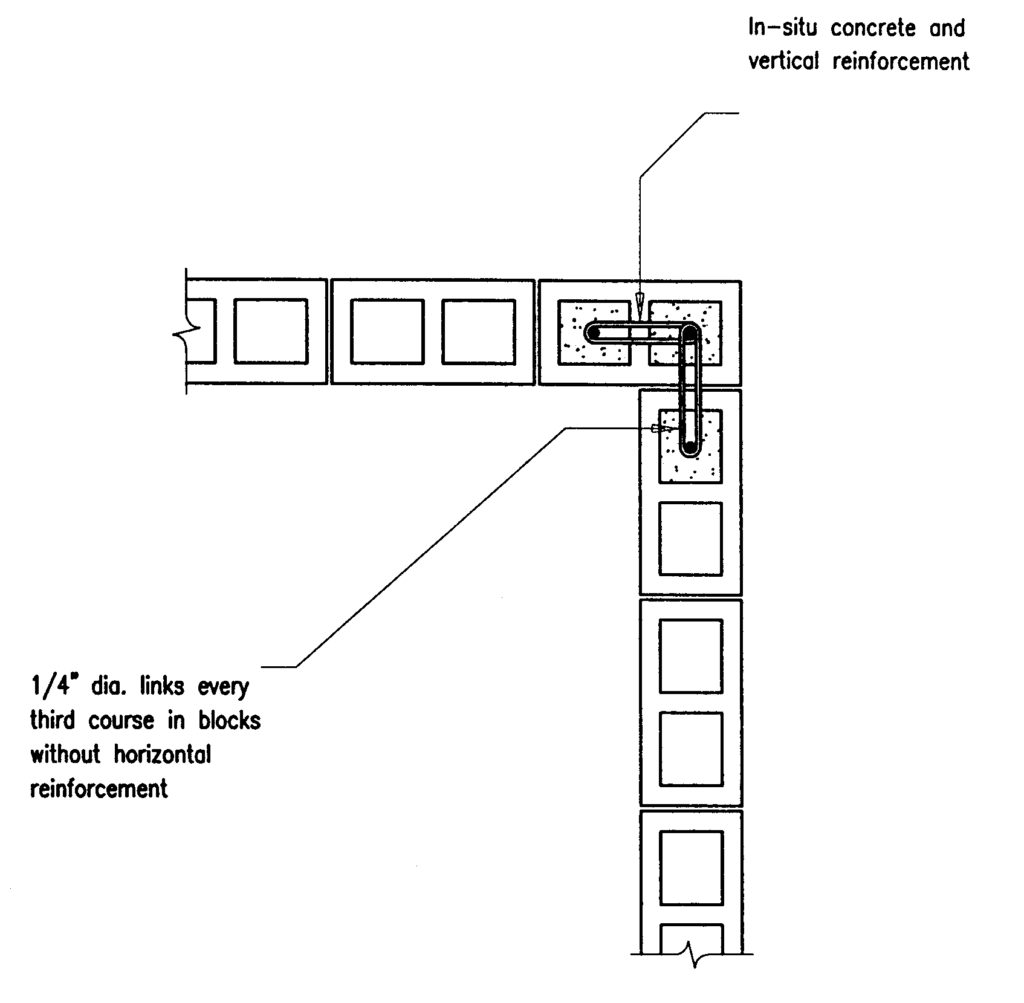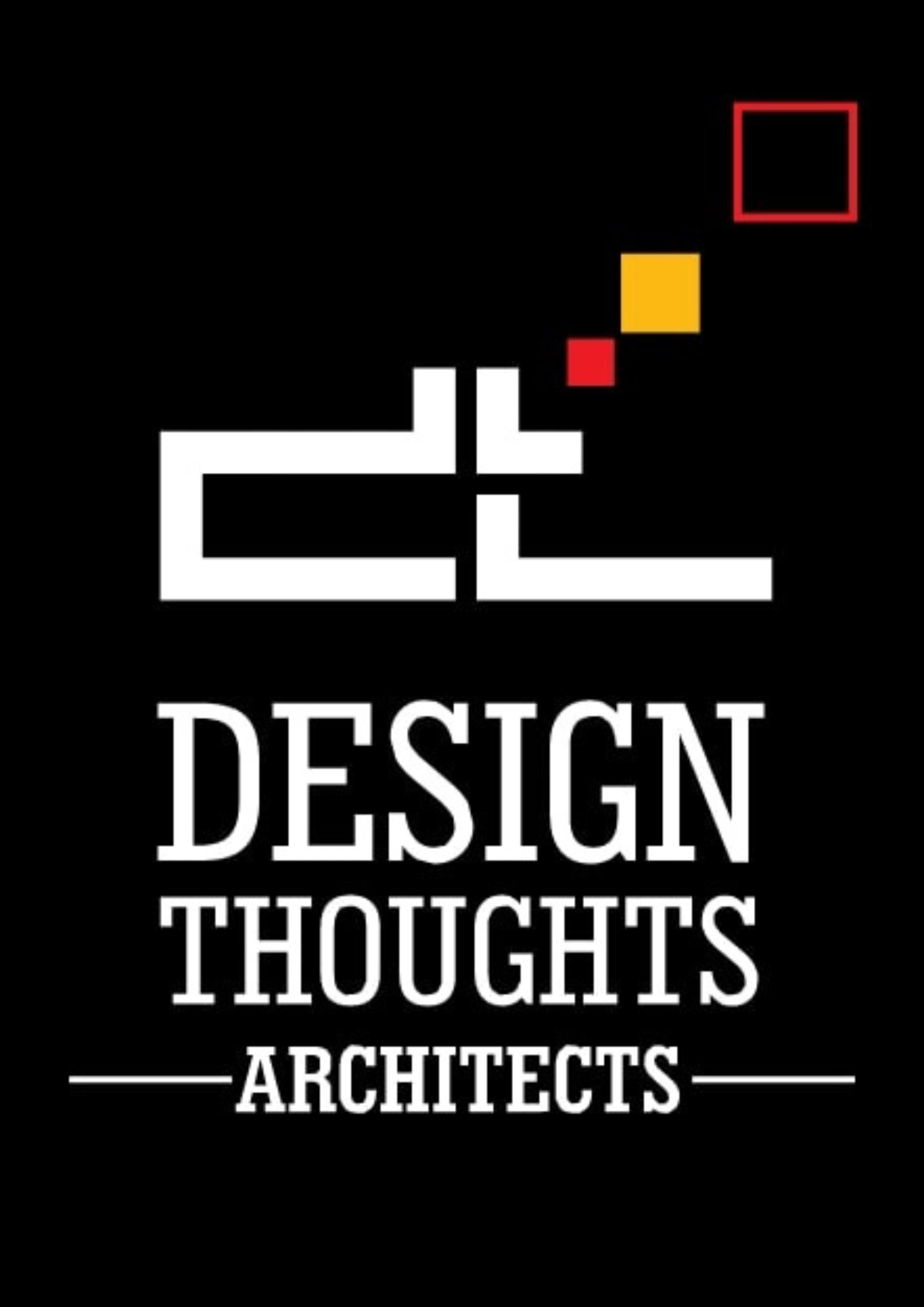Concrete Blocks in Architecture
Concrete blocks are a commonly preferred prefabricated material mainly used to build walls as it produces maximum radiant heat within the building. These Concrete pieces are made of materials that are utilized for building dividers. Like bricks, the squares are joined at the side of a mortar consisting of cement, sand, and water. The squares are an empty interior to permit steel bars and mortar filling.

Despite the fact that the primary squares were fabricated by hand, these days they are created in a robotized way and thousands of squares can be made per hour. Each unit can be manufactured on-site by bricklayers.
The concrete commonly utilized to create concrete squares may be a blend of powdered Portland cement, water, sand, and rock. The fundamental block has been changing to supply more total arrangements, such as waterproofing.
A few current models that are added to the substances will join the blend. It also prevents the section of water by extending the surface pressure of the square by arranging it.
Concrete blocks as a rule related to self-construction and low-cost lodging give the number of spaces to investigate past utilitarian plans.
Most modern engineering nowadays uses concrete as the most efficient fabric. In any case, due to the improvement in building technology and design, concrete has to be created as a building fabric to overcome its shortcomings. Expansion, the requirement for accomplishing maintainability in buildings has a coordinating effect on concrete’s development as concrete is considered one of the major modern requests within the building materials industry.
Concrete blocks can be used as :
- Compound Wall

Compound – Solid wall block is defined as those blocks which have a core wide area greater than 25% of gross area having one or more holes open on both sides. The most commonly used concrete blocks have a nominal length of 40cm, a height of 20cm, and a nominal width of 8,10,15, and 20cms.
- Facade:
The material color itself creates a pattern when it is applied to the exterior surface. material is very natural & goes well with part of nature. Here, no additional effort is required in making a beautiful structure.
- Partition

Lightweight, Precast, foam concrete building material suitable for producing concrete masonry units (CMU) like blocks. They are composed of quartz sand, calcined gypsum, lime, cement, water, and aluminum powder. AAC is cured under heat and pressure in an autoclave.
- External wall

It’s a great idea to enhance the external surface with the concrete blocks as they form a beautiful texture surface in a grey finish. Thus the external surface looks attractive and stands out from the surrounding elements.
Concrete block technical detail
- Wall Junction detail

The concrete block wall is erected with a mixture of concrete & reinforcement steel.
- Corner wall detail
-

Corner wall detail
These are some simple ideas of Architecture that can deliver good solutions without being expensive. In conclusion, I would like to mention a couple of important merits of concrete blocks over bricks. They form stronger walls than bricks. A house that is built using Concrete blocks can last up to 100 years.













